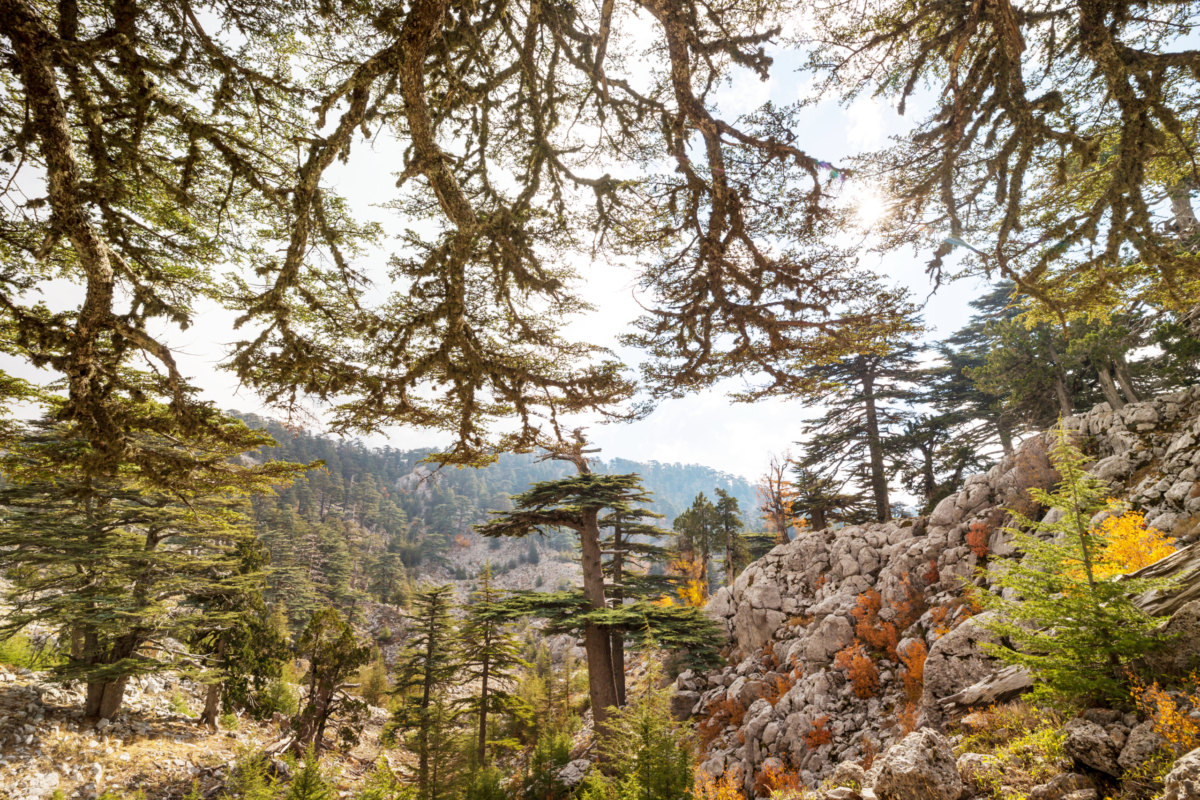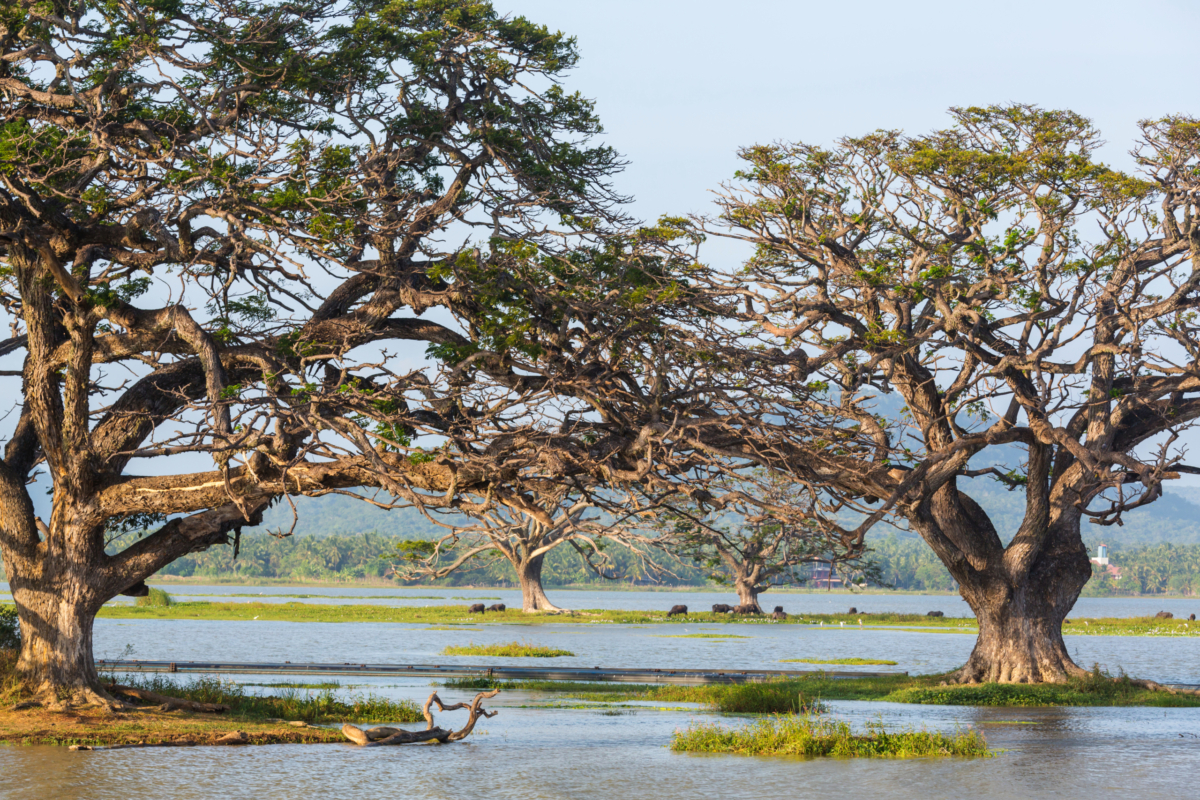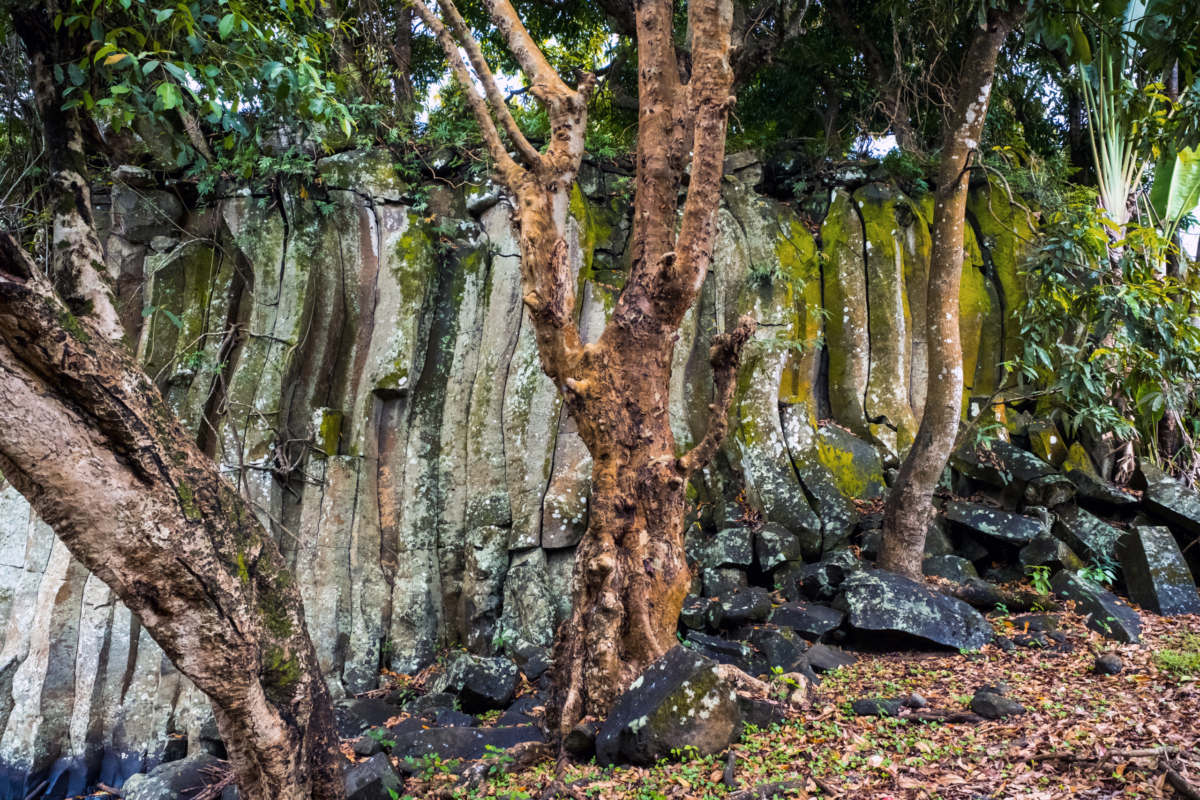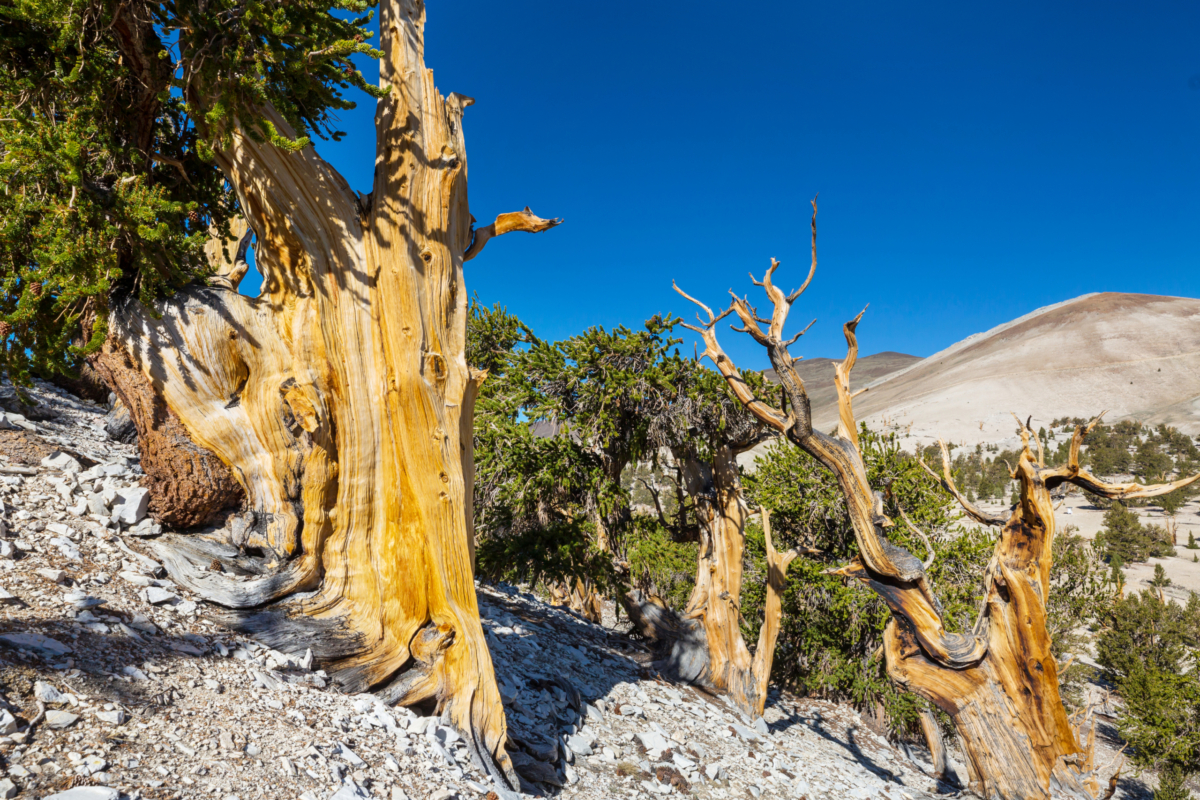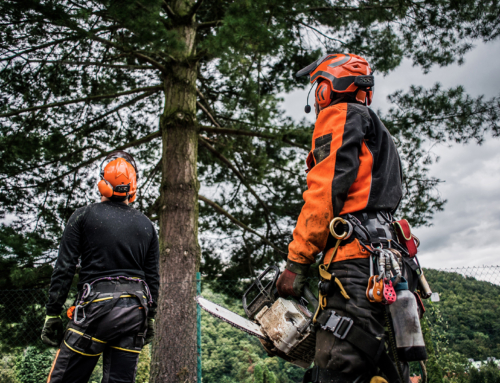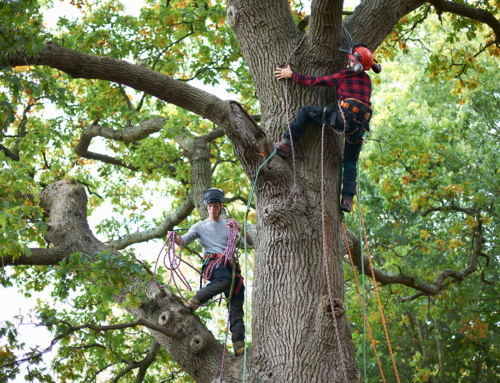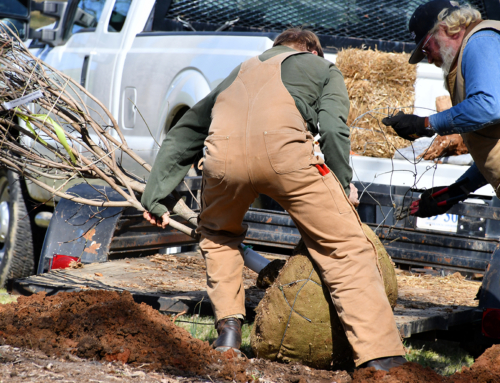Understanding Tree Risk Assessment
Trees are an integral part of the natural landscape, providing shade, oxygen, and beauty to our surroundings. However, in certain situations, these majestic plants can pose a risk to property, infrastructure, and even human safety. This is where the importance of tree risk assessment comes into play.
Tree risk assessment is the process of evaluating the potential for a tree or its parts to fail and cause damage or injury. By identifying and addressing these risks, property owners and managers can take proactive measures to mitigate the dangers and ensure the safety of their environment. It’s a critical aspect of responsible land management, particularly in areas like the Eastern Sierra and Mammoth Lakes, where the natural landscape is a significant draw for both residents and visitors.
Conducting a thorough tree risk assessment involves a comprehensive evaluation of various factors, including the tree’s structural integrity, health, environmental conditions, and potential impact on the surrounding area. This assessment allows for the identification of potential hazards, the development of appropriate mitigation strategies, and the implementation of ongoing monitoring and maintenance programs to maintain the safety and integrity of the tree population.
The Importance of Tree Risk Assessment in the Eastern Sierra and Mammoth Lakes
The Eastern Sierra and Mammoth Lakes region is renowned for its breathtaking natural beauty, with towering pines, majestic firs, and a diverse array of other tree species dotting the landscape. These trees not only contribute to the area’s aesthetic appeal but also play a crucial role in the local ecosystem, providing habitat for wildlife, regulating the climate, and preventing soil erosion.
However, the rugged terrain, harsh weather conditions, and the presence of older, mature trees in the region can increase the risk of tree failure and pose a threat to both property and public safety. Factors such as high winds, heavy snowfall, drought, and insect infestations can weaken trees and make them more susceptible to falling or shedding large branches.
By conducting regular tree risk assessments, property owners and land managers in the Eastern Sierra and Mammoth Lakes can identify and address these potential hazards before they cause damage or injury. This proactive approach not only enhances the safety of the local community but also helps to preserve the natural beauty and ecological balance of the region.
Common Tree Risks in the Eastern Sierra and Mammoth Lakes Area
The Eastern Sierra and Mammoth Lakes region is home to a diverse array of tree species, each with its own unique characteristics and potential risks. Some of the most common tree risks in this area include:
- Structural Defects: Trees with compromised structural integrity, such as weak branch attachments, cavities, or decay, are at a higher risk of failure, especially during severe weather events.
- Disease and Pests: Certain tree species in the Eastern Sierra and Mammoth Lakes are susceptible to diseases or infestations that can weaken the tree and increase the likelihood of failure.
- Environmental Factors: The region’s rugged terrain, heavy snowfall, and high winds can put significant stress on trees, leading to root damage, trunk instability, and branch breakage.
- Invasive Species: The introduction of non-native tree species can disrupt the local ecosystem and lead to the displacement of native trees, which may be better adapted to the region’s environmental conditions.
- Aging Trees: As trees mature, they become more susceptible to various risks, such as decay, structural weaknesses, and increased vulnerability to environmental stressors.
By understanding these common tree risks, property owners and land managers can develop targeted strategies to address and mitigate the potential hazards, ensuring the safety and preservation of the region’s natural assets.
Signs of Tree Hazards and Risks
Identifying potential tree hazards and risks is a crucial step in the tree risk assessment process. By being aware of the warning signs, property owners and land managers can take proactive measures to address these issues before they escalate into more serious problems.
Some of the common signs of tree hazards and risks in the Eastern Sierra and Mammoth Lakes area include:
- Structural Defects: Visible cracks, cavities, or decay in the tree’s trunk, branches, or root system; unbalanced or asymmetrical growth; and poor branch attachments.
- Disease and Pest Infestations: Discolored or wilting leaves, excessive shedding of branches or bark, and the presence of insects or fungi on the tree.
- Environmental Damage: Exposed or damaged roots, leaning or tilting trunks, and broken or hanging branches.
- Invasive Species: The presence of non-native tree species that are outcompeting or displacing native trees.
- Aging Trees: Excessive deadwood, large, overextended branches, and a general decline in the tree’s overall health and vigor.
By regularly inspecting the trees on their property and being aware of these warning signs, property owners and land managers can identify potential hazards and take the necessary steps to mitigate the risks, ensuring the safety and preservation of the Eastern Sierra and Mammoth Lakes’ natural landscape.
The Tree Risk Assessment Process
Conducting a comprehensive tree risk assessment is a multi-step process that involves a thorough evaluation of the tree’s condition, the surrounding environment, and the potential impact of tree failure. At [Brand Name], our team of experienced arborists follows a structured approach to ensure the accuracy and effectiveness of our assessments.
The tree risk assessment process typically includes the following key steps:
- Visual Inspection: Our arborists perform a detailed visual inspection of the tree, examining its trunk, branches, and root system for any signs of structural defects, disease, or environmental damage.
- Tree Measurements: We take precise measurements of the tree, including its height, trunk diameter, and crown spread, to assess its overall size and structural integrity.
- Site Evaluation: We analyze the tree’s surrounding environment, including the presence of nearby structures, infrastructure, and pedestrian or vehicular traffic, to determine the potential impact of tree failure.
- Risk Rating: Based on the findings from the visual inspection and site evaluation, our arborists assign a risk rating to the tree, categorizing it as low, moderate, or high risk.
- Mitigation Recommendations: If a tree is deemed to be at risk, our team provides tailored recommendations for mitigation, such as pruning, cabling, or removal, to address the identified hazards and ensure the safety of the surrounding area.
- Ongoing Monitoring: We work with our clients to establish a regular monitoring and maintenance program to ensure the continued safety and health of the trees on their property.
By following this comprehensive approach, our tree risk assessments provide property owners and land managers in the Eastern Sierra and Mammoth Lakes region with the information and guidance they need to make informed decisions about the management and preservation of their trees.
Hiring a Professional Tree Risk Assessor in the Eastern Sierra and Mammoth Lakes
When it comes to tree risk assessment in the Eastern Sierra and Mammoth Lakes, it’s crucial to work with a professional arborist who has the expertise and experience to accurately identify and address potential hazards. At [Brand Name], our team of certified arborists specializes in providing comprehensive tree risk assessments tailored to the unique needs of the region.
Our arborists have extensive knowledge of the local tree species, environmental conditions, and common risk factors in the Eastern Sierra and Mammoth Lakes area. This deep understanding allows us to provide accurate and reliable assessments, ensuring that our clients can make informed decisions about the management of their trees.
In addition to our technical expertise, we pride ourselves on our commitment to customer service and our ability to communicate complex information in a clear and accessible manner. We work closely with our clients to understand their specific concerns and objectives, and we provide detailed reports and recommendations that are easy to understand and implement.
Tree Risk Assessment Techniques and Tools
At [Brand Name], we utilize a range of advanced techniques and tools to conduct our tree risk assessments in the Eastern Sierra and Mammoth Lakes region. These include:
- Visual Inspection: Our arborists use a comprehensive visual inspection process to evaluate the structural integrity, health, and environmental factors affecting the trees on your property.
- Trunk and Branch Evaluation: We employ specialized equipment, such as resistograph and sonic tomography devices, to assess the internal condition of the tree’s trunk and branches, detecting any hidden defects or areas of decay.
- Root System Analysis: We use ground-penetrating radar and air spades to examine the tree’s root system, identifying any issues that may compromise its stability or overall health.
- Biomechanical Modeling: Our team utilizes advanced software and algorithms to model the tree’s structural dynamics and predict its response to various environmental stressors, such as high winds or heavy snow loads.
- Aerial Inspections: In some cases, we may employ drones or aerial lifts to conduct a thorough inspection of the tree’s upper canopy, which can be difficult to access from the ground.
By combining these state-of-the-art techniques and tools, we are able to provide our clients in the Eastern Sierra and Mammoth Lakes with a comprehensive and accurate assessment of the risks associated with the trees on their property.
Mitigating Tree Risks in the Eastern Sierra and Mammoth Lakes
Once our tree risk assessment has identified potential hazards, the next step is to develop and implement effective mitigation strategies to address these risks. At [Brand Name], we work closely with our clients to develop customized solutions that balance the need for safety with the preservation of the natural landscape.
Some of the common tree risk mitigation strategies we employ in the Eastern Sierra and Mammoth Lakes region include:
- Pruning and Trimming: Our arborists carefully prune and trim trees to remove dead, damaged, or structurally compromised branches, improving the overall health and stability of the tree.
- Cabling and Bracing: We install specialized cabling and bracing systems to provide additional support and stability to trees with structural weaknesses, reducing the risk of failure.
- Root Treatments: In cases where the tree’s root system is compromised, we may implement soil amendments, aeration, or other treatments to improve soil conditions and promote healthy root growth.
- Tree Removal: If a tree is deemed to be a high-risk hazard and cannot be effectively mitigated, we may recommend its removal to ensure the safety of the surrounding area.
- Replanting and Reforestation: When a tree is removed, we work with our clients to develop a plan for replanting or reforesting the area, ensuring the long-term health and sustainability of the local tree population.
By tailoring our mitigation strategies to the unique needs and characteristics of each tree, we are able to effectively address the risks while preserving the natural beauty and ecological balance of the Eastern Sierra and Mammoth Lakes region.
Tree Risk Assessment Regulations and Guidelines
In the Eastern Sierra and Mammoth Lakes region, the management and preservation of trees are subject to a range of regulations and guidelines that property owners and land managers must be aware of. These include:
- Local Ordinances: Many municipalities in the Eastern Sierra and Mammoth Lakes area have specific ordinances governing the maintenance, removal, and replacement of trees on private and public property.
- State Regulations: The state of California has established guidelines and regulations for tree risk assessment, including the requirement for certified arborists to conduct these evaluations.
- Federal Guidelines: Agencies such as the U.S. Forest Service and the National Park Service have developed guidelines for the management of trees in federally protected areas, which may apply to certain properties in the Eastern Sierra and Mammoth Lakes region.
- Industry Standards: Professional organizations, such as the International Society of Arboriculture (ISA) and the American National Standards Institute (ANSI), have established best practices and standards for tree risk assessment and management.
At [Brand Name], we stay up-to-date with the latest regulations and guidelines, ensuring that our tree risk assessments and mitigation strategies are in full compliance with all applicable laws and industry standards. By working within this regulatory framework, we help our clients navigate the complexities of tree management and maintain the safety and integrity of the Eastern Sierra and Mammoth Lakes’ natural environment.
Conclusion: Ensuring Tree Safety in the Eastern Sierra and Mammoth Lakes Area
In the Eastern Sierra and Mammoth Lakes region, the preservation of the natural landscape is of paramount importance. However, as we have explored in this article, the trees that contribute to the area’s beauty and ecological balance can also pose significant risks if left unmanaged.
By conducting regular, comprehensive tree risk assessments, property owners and land managers in the Eastern Sierra and Mammoth Lakes can identify potential hazards, develop effective mitigation strategies, and ensure the continued safety and enjoyment of the region’s natural assets. At [Brand Name], our team of certified arborists is dedicated to providing the expertise, tools, and guidance needed to keep the trees in this area healthy, stable, and resilient in the face of environmental challenges.
Whether you’re a homeowner, a business owner, or a land manager in the Eastern Sierra and Mammoth Lakes region, we encourage you to prioritize tree risk assessment as a critical component of your property management and conservation efforts. By partnering with [Brand Name], you can rest assured that your trees are in good hands, and that the natural beauty and ecological integrity of this stunning region will be preserved for generations to come.
Skyline Tree Service is a locally owned and operated tree service company based out of the greater Mammoth Lakes, June Lake, and Bishop CA area. Please contact us for an appointment.
